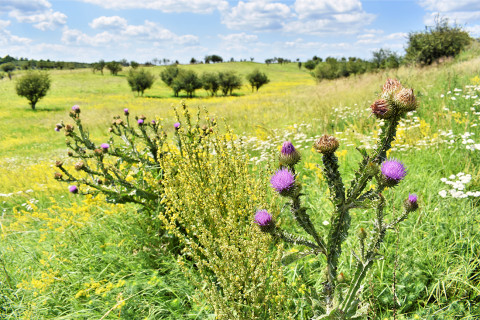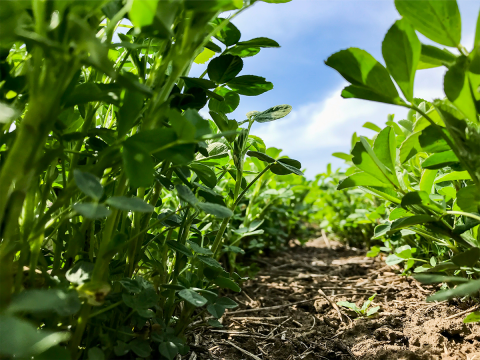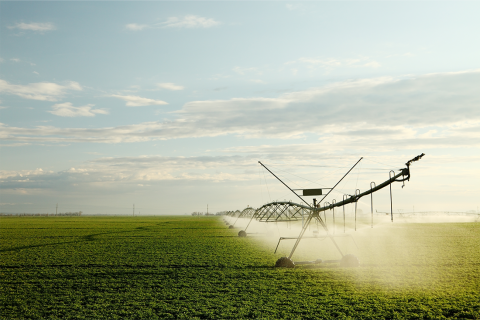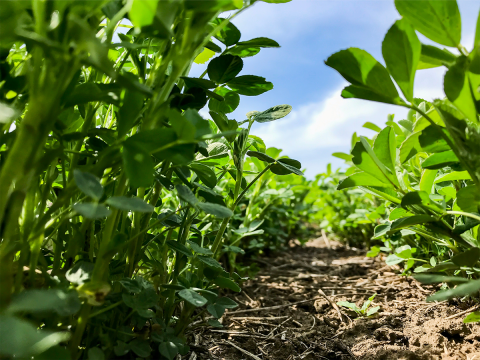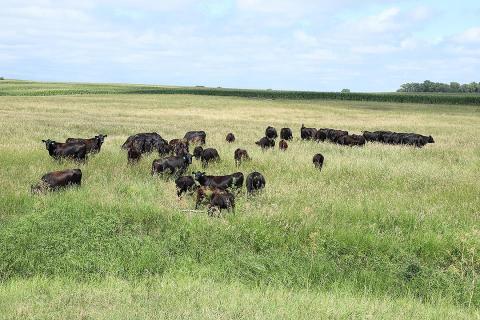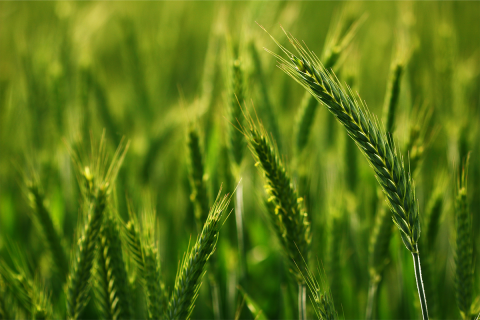Pasture and Forage Minute: Small Grains and Grass Harvest, Fencing Costs
May 23, 2023
This week — Nebraska Extension educators share target protein levels of small grains and grass hay for the upcoming harvest, and analyze the cost of various fencing options.
Pasture and Forage Minute: Wheat Grazing vs. Grain Value, Choosing Summer Forage
May 16, 2023
This week — Recommendations for producers considering wheat for forage, including varieties and planting timelines for summer annual grasses, plus tips on control measures for poison hemlock.
Pasture and Forage Minute: Equipment Maintenance, Controlling Musk Thistle and No-Till on the Plains Tours
May 11, 2023
This week, extension educators review a checklist for pre-season hay equipment maintenance, tips for controlling musk thistle in pastures, and details of this year's No-Till on the Plains Whirlwind tours in June.
Pasture and Forage Minute: Alfalfa Weevil, Weed Control and Summer Pasture Turn-out
May 4, 2023
This week — Controlling alfalfa weeds with post-emergent herbicides, scouting for alfalfa weevil, and planning the date and pastures for spring turn-out.
Pasture and Forage Minute: Early Season Alfalfa Irrigation, Trigger Dates and Weed Control
April 19, 2023
This week — Strategies for irrigating alfalfa in early season dry soil conditions, grazing to control abundant weed growth due to drought and forming a drought plan.
Pasture and Forage Minute: Alfalfa Weed and Stand Management, Grazing Winter Annuals
April 10, 2023
This week — Tips on controlling winter annual weeds for optimum first cutting hay quality, evaluating alfalfa stands with a hay square, and grazing rye, winter wheat and triticale during a cool start to spring.
Pasture and Forage Minute: 2023 Grazing Plans, Preventing Grass Tetany
March 30, 2023
With spring officially here, it's time to put 2023 grazing plans in place and be on the lookout for signs of grass tetany.
Pasture and Forage Minute: Double Cropping Forages, Alfalfa Dormancy
March 21, 2023
In this installment: Strategies and tips for successfully double cropping annual forages this year, and a breakdown on what fall dormancy means for alfalfa growth during the next growing season.


